This is the first installment of a 2-part series.
The cafés of Panjim are part of its living heritage and inspire deep affection from its residents. Although called cafés, they are nothing like their counterparts in Europe. These are modest eating houses that serve breakfast and small meals throughout the day, and where the beverage of choice is chao (tea). The mains consist of bhaji-puri and curries of legumes accompanied by Goan pão. Rounding off the menu are waist-expanding, soul-enriching sides such as samosa, batata-vada (potato fritter), and mirsang (batter-fried hot chili pepper), all distinctively Goan in flavour. The food prepared at the cafés is vegetarian.
Our cafés have been good social levelers. Here, one’s position on the socio-economic totem pole is of no consequence. The menial worker, the doctor, the fisherwoman, and the mining robber baron frequent the same cafés, and share – sometimes jostle for – a table at peak hours. These establishments are owned by Goan Hindus, and the Catholics count among their most fervent patrons.
The earliest cafés of Panjim – Shivramachi Brahmani, Café Puna – no longer exist. For the past several decades, Café Central has been considered the primus inter pares of the city cafés, and is the subject of this post. In Part 2, we will survey the best of the rest.
Atmaram S. Gaitonde opened Café Central in 1932 on the ground floor of Residênçia Fátima, the (now-demolished-and-replaced-with-third-world-concrete-rubbish) building near the Municipal Garden, across the lane from another city institution, Clube Vasco da Gama. Today the space is occupied by Mr. Baker and the Jesuit House. A word on pronunciation: “Central” is intoned Portuguese style, with a long ‘a’ and trilled ‘r.’
The bhaji-puri was not invented at Café Central but it was perfected there, and in time came to be regarded as the gold standard, pronounced so by Goans as well as the resident Portuguese gentry of the day. Accounts of the zeitgeist invariably figure Café Central, the attendant bonhomie, and the bhaji-puri. Several other traditional delights emerged from the café’s kitchen bearing a unique interpretation, and the secret formulae at the heart of these delicacies have survived to this day.
In 1971, Café Central shifted to the premises it occupies today, less than a kilometre away. With this move came a major change in business model, one that dealt a blow to its devotees: both the bhaji-puri and the café’s sit-down operation were retired. From then on, Café Central would recast itself as a conventional store, stocking in-house bakery goods and signature treats. The sublime bhaji-puri is gone but many of the old classics still line the shelves – such as the world’s finest samosa, the bread toast (‘fatio’ in Konkani, from the Portuguese ‘fatias’), and the award-winning batata-vada, all made fresh every day, year-round. (Batata is the Portuguese word for potato, a crop first introduced in India by the Portuguese.)
The popularity of Café Central remains undiminished. It is now run by Ravindra Gayatonde (founder’s grand-nephew) and his partner Kedar Bandekar. A few jewels from the icon’s culinary collection are displayed below. I was given unfettered access to the cavernous interiors of the very busy kitchen attached to the store. In an environment thick with flour particulate and sputtering oil, wielding the camera was a bit of a challenge.
This is the Panjim of my childhood – elegant and uncrowded, a far cry from the swamp it has now turned into. The arrow points to the original location of Café Central. The structure on the left of the frame has given way to today’s hideous Velhos & Filhos building.
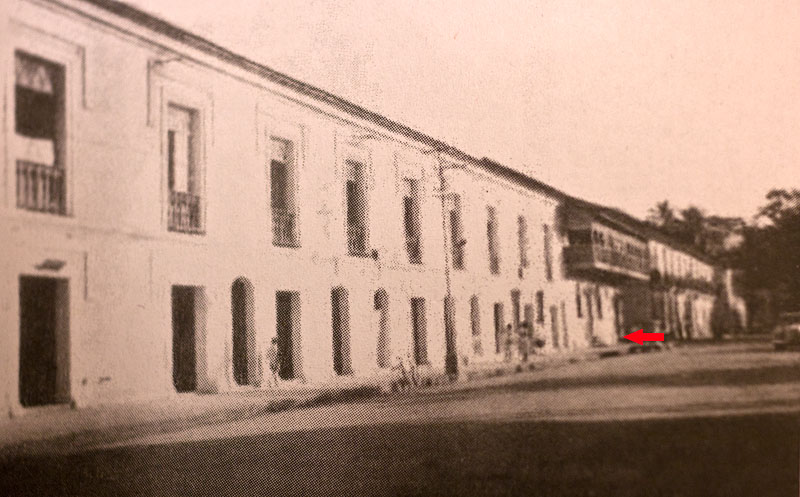
Original location of Café Central in Panjim
Photo credit: Snapshots of Indo-Portuguese History by Vasco Pinho
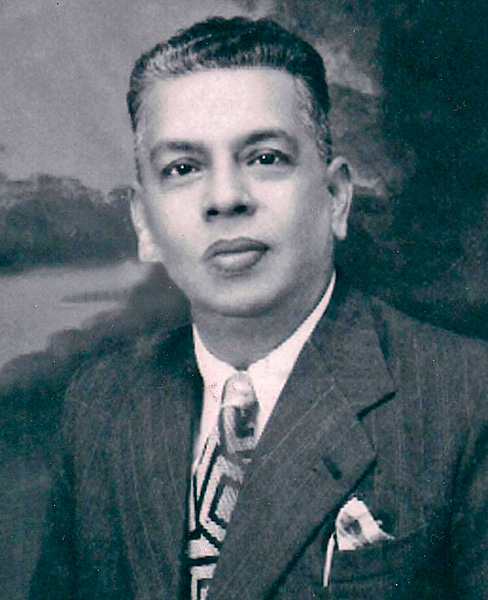
Atmaram S. Gaitonde, Founder of Café Central
Photo courtesy: Ravindra Gayatonde
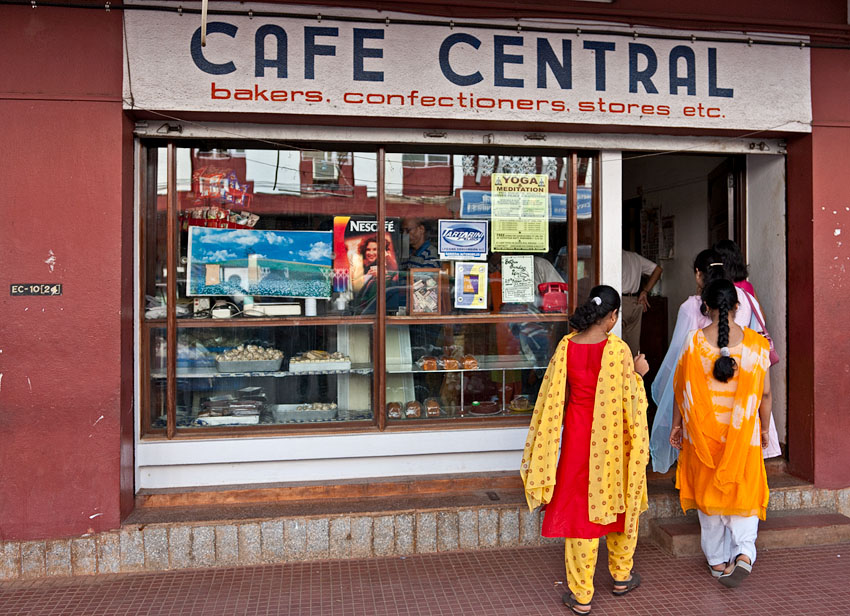
Café Central today
5D, 24-105L
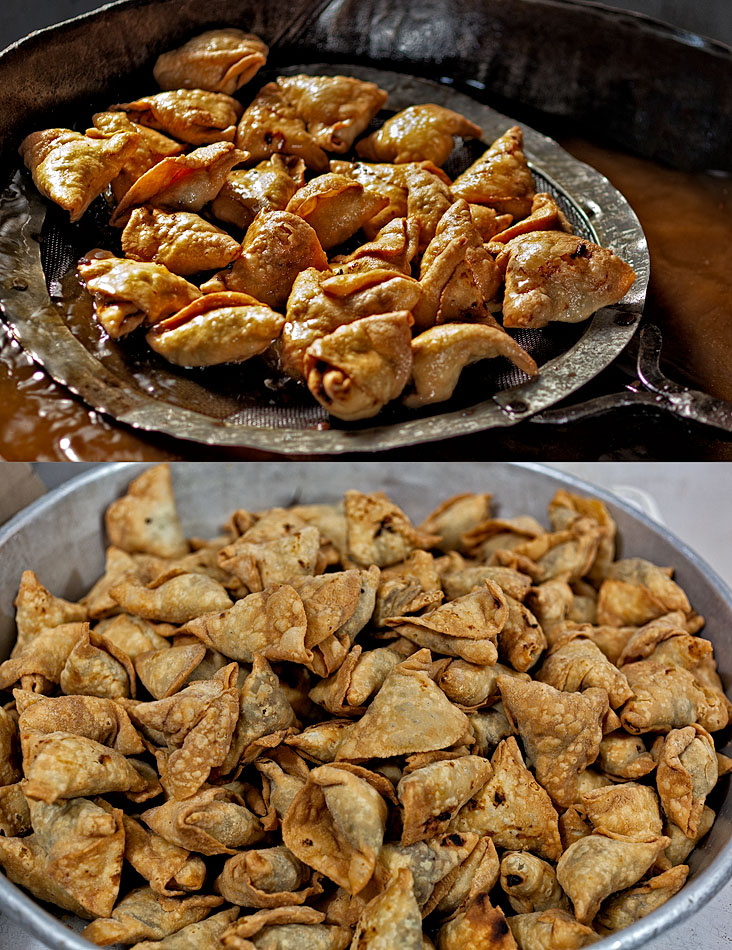
World's #1 samosa
5D Mark II, Zeiss ZE 50 f/2 Makro Planar
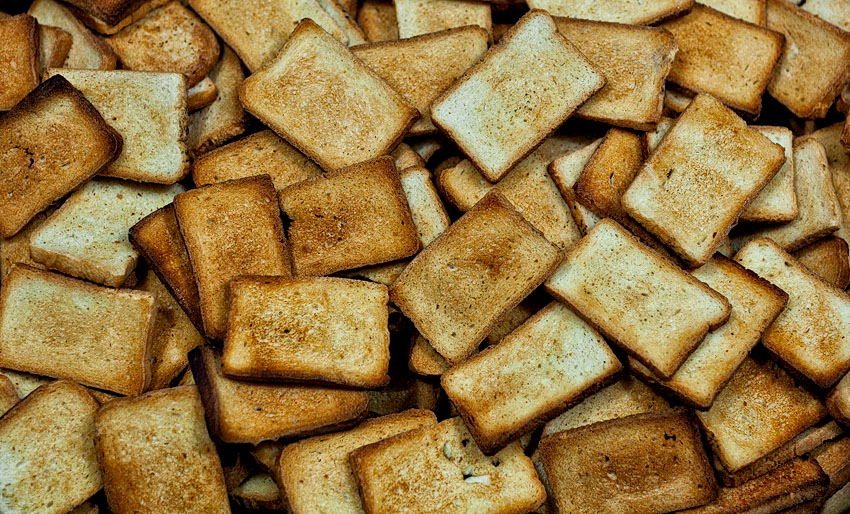
Fatio - bread toast
5D Mark II, Zeiss ZE 50 f/2 Makro Planar
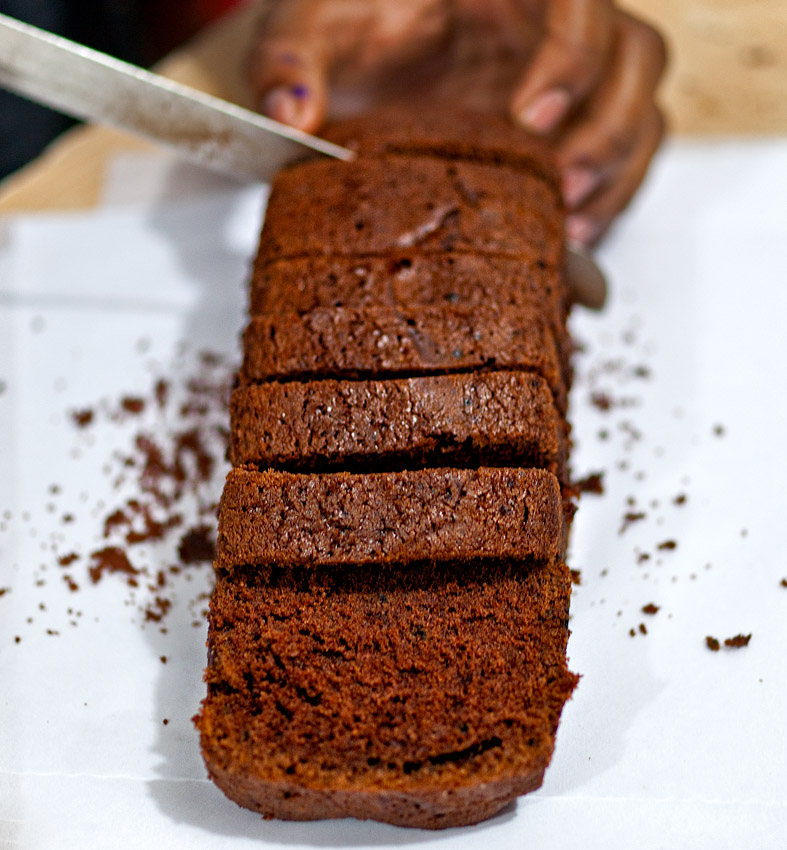
Melt-in-the-mouth chocolate cake
5D Mark II, Zeiss ZE 50 f/2 Makro Planar
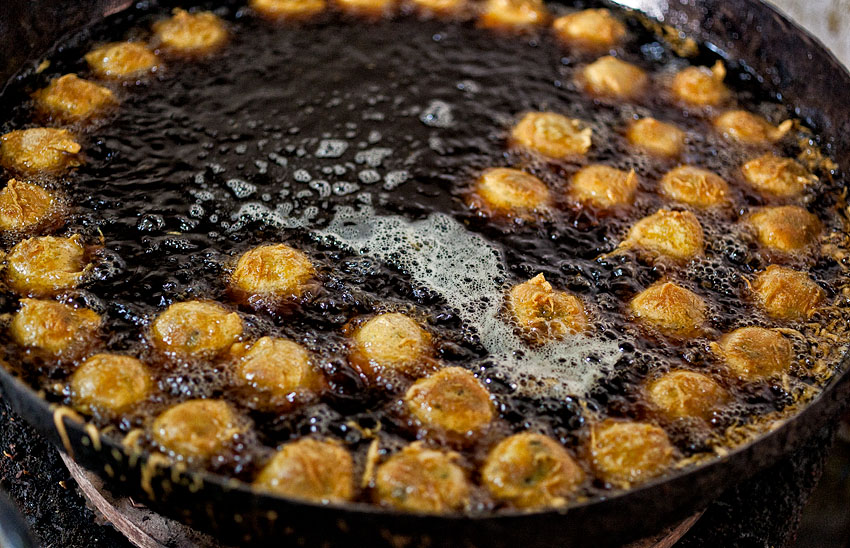
World's second-best batata-vada
5D Mark II, Zeiss ZE 50 f/2 Makro Planar
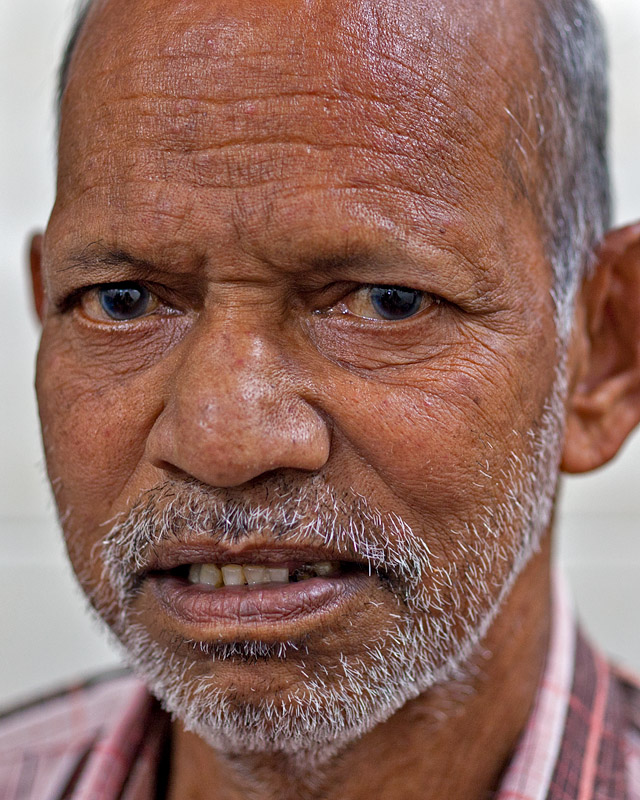
Jagdish Pednekar, member of the culinary team
5D Mark II, Zeiss ZE 50 f/2 Makro Planar
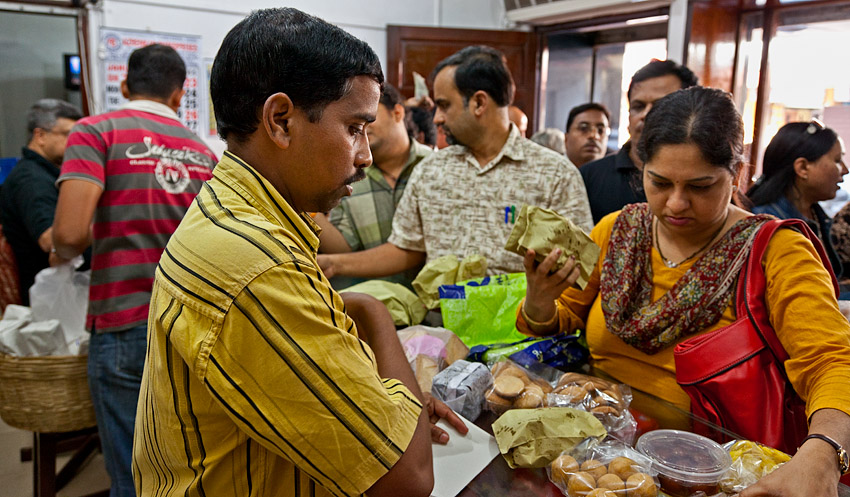
Open for business
5D Mark II, 24-105L
All the posts in my ongoing series on Panjim‘s heritage are consolidated here.





Wow we visited this place today…..wanted to eat cup cake in Panjim however ended up eating almost everything on the counter including samosa, chocklet cake. What a world class taste.
[…] a chosen shop that its members patronized (similar loyalty obtained in matters of tailors, grocers, cafés, and so on). Barbearias were also the chat rooms of that era, an important community router […]
[…] is Part 2 of the conspectus on the cafés of Panjim. The first installment outlined the city’s café culture and covered the iconic Café Central. Here we survey the […]
This brings back my nostalgic memories samosas cakes, soft milk bread not to forget hot
Rajanbab, this is such a lovely story….can we publish it in the Planet Goa magazine…I do think it’ll look lovely in print…..do let me know at my mail id pls….
Its so nicely been put up by you Rajanbab. These old heritage refreshes you and feels so nice to read the past. Please continue the same and you may also write about the other business establishments which are still continuing. Great!!!
lovely write up Mr Rajan Parrikar! It took me down memory lane! Very informative for our future generation! We grew up snacking here for school and b’dy partys!
Thank You Mr Rajan Parrikar for such a Wonderful write up on Cafes of Panjim. We are all Lovers of these Cafes and consider them as our Heritage.
Thank You Once again.
Regards
Sekhar.
[…] a chosen shop that its members patronized (similar loyalty obtained in matters of tailors, grocers, cafés, and so on). Barbearias were also the chat rooms of that era, an important community router […]
Hi, I am new to Goa and I love reading all about this place, a heavenly creation of God.
Thanks indeed for sharing tit bits of Goa’s interesting past and the present.
I came to know of your blog when I was going ga ga about all the products of Cafe Central.
Thank you Rajanbab for clicking such amazing photographs of cafe central and writing such a nice review abt cafe central.
It feels great to know that people have such good memories and love cafe central so much…
My dad owned Olimpex near the church steps and after finishing home work my Dad used to buy the fresh baked bread when Cafe Central was in the Jesuit House. What a treat!!! Thanks for the memories.
Congratulations for taking the reader through the Goan origins. In the golden days Cafe Central was also famous for its BUN PAO. Sweetened bread with butter. Bun pao e cha com leite were the afternoon delights. The owners were family friends. They owned a white VW driven by ‘Bitush’ a mechanic from ex Robert Happ mostly in the evenings.
mian mian!
Growing up in Panjim, I remember having visited Cafe Central often, in its old/original location. We were regular visitors, buying their fresh loaf of bread in the evenings — the large one for 50 paisa and the smaller one for 25 paisa!
The old setup was designed on the lines of the Irani restaurants of Bombay. There used to hang a sign in the premises, that said in Marathi, “Piyush tayar ahey”.
I also remember having seen/met Mam Gaitonde, Shankarbab and Sadabab – who have all passed away. They were all good friends of my father.
We were all disappointed, when Cafe Central was moved to its current location in the early 70s. Thankfully, the quality and taste of their products has not changed over the years. Ravi has definitely maintained the high standards that his predecessors have set.
The first cafe of this specific type that opened in Panjim was actually Tato, around 1910.
VM, Café Tato opened in 1913, and will be covered in Part 2. But even earlier than that there was Shivramachi Brahmani.
Rajanbab ….Make it the World’s third-best batata-wada. I claim second spot (:-)
Am glad you too have called out the concrete massacre of that once quaint Panjim Garden quadrangle – by the Velho’s, the Jesuits and Tony D’Souza …et al.
What a travesty!
Thanks for that delightful journey to the days of my childhood too.
Kudos Rajanbab for starting a series on eateries of Panjim.
I fondly remember eating mouthwatering Mutton Xacuti at a small eatery near Post Office, during my college days.